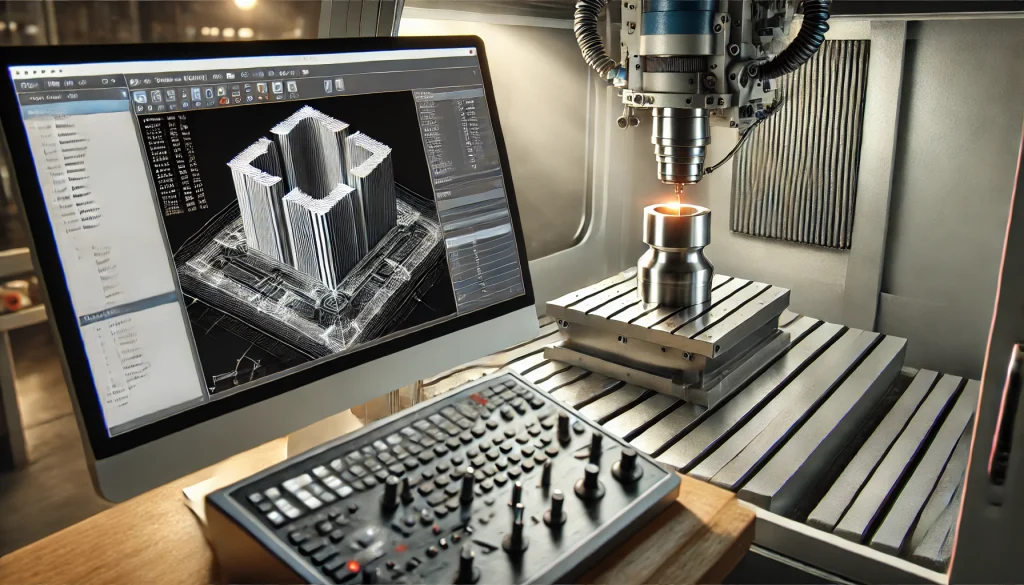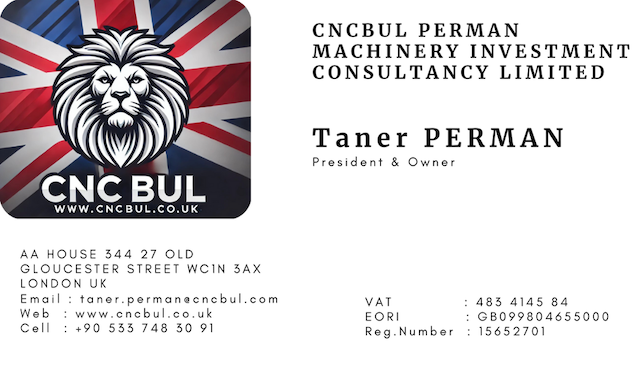What is the importance of a powerful CAD/CAM programme in machining parts on CNC Machines?
The importance of a powerful CAD/CAM (Computer-Aided Design/Computer-Aided Manufacturing) program in machining parts on CNC (Computer Numerical Control) machines is multifaceted, encompassing several critical aspects of modern manufacturing. This importance can be analyzed academically and technically as follows:
1. Precision and Accuracy
Academic Perspective:
- CAD/CAM programs enable the creation of highly precise and accurate designs, which are essential for complex geometries and tight tolerances. Academic research highlights the correlation between the precision of CAD models and the resultant machining accuracy, ensuring that parts meet stringent industry standards.
Technical Perspective:
- These programs translate intricate designs into precise machine instructions, minimizing human error. They utilize advanced algorithms to generate tool paths that enhance the accuracy of cuts, reducing deviations from the intended design.
2. Efficiency and Productivity
Academic Perspective:
- Studies indicate that CAD/CAM integration significantly reduces the time required from design to production. The automation of tool path generation and simulation reduces the need for iterative manual programming, which has been a focus in manufacturing process optimization research.
Technical Perspective:
- By automating tool path generation, CAD/CAM systems optimize machining sequences, reducing idle time and improving overall machine utilization. Features such as automatic feature recognition and adaptive machining strategies enhance productivity.
3. Complex Geometries and Customization
Academic Perspective:
- Research in advanced manufacturing often emphasizes the role of CAD/CAM systems in enabling the production of complex and customized parts. These systems support the creation of intricate designs that would be impractical or impossible to achieve with manual programming.
Technical Perspective:
- CAD/CAM programs support advanced modeling techniques, such as parametric and surface modeling, allowing for the design and machining of complex shapes. They facilitate customization through easy modifications to digital models, which can be quickly reflected in the machining process.
4. Simulation and Verification
Academic Perspective:
- The integration of simulation capabilities in CAD/CAM software is a critical area of academic research, focusing on reducing material waste and preventing errors. Simulation studies provide insights into potential issues before actual machining, enhancing the reliability of the manufacturing process.
Technical Perspective:
- CAD/CAM programs offer robust simulation tools that enable virtual machining, allowing for the verification of tool paths, detection of collisions, and optimization of cutting parameters. This preemptive verification ensures that errors are caught early, reducing the risk of costly mistakes during production.
5. Integration with Modern Manufacturing Systems
Academic Perspective:
- The role of CAD/CAM in smart manufacturing and Industry 4.0 is a significant academic focus. Research explores how these programs integrate with other digital manufacturing tools, enhancing data flow and process coherence across the production chain.
Technical Perspective:
- CAD/CAM systems are designed to integrate seamlessly with other digital manufacturing technologies, such as PLM (Product Lifecycle Management) and ERP (Enterprise Resource Planning) systems. This integration ensures a coherent data flow from design to production, improving traceability and coordination.
6. Material and Cost Efficiency
Academic Perspective:
- Academic studies often examine the impact of CAD/CAM on material usage and cost efficiency. By optimizing tool paths and machining strategies, these systems contribute to more sustainable manufacturing practices and cost reduction.
Technical Perspective:
- CAD/CAM programs optimize the use of materials through efficient nesting and cutting strategies. They also reduce the time and resources required for machining by optimizing tool paths and minimizing tool wear, leading to lower operational costs.
7. Enhanced Collaboration and Communication
Academic Perspective:
- The use of CAD/CAM in collaborative design and manufacturing environments is a growing area of research. These programs facilitate communication between designers, engineers, and machinists, improving overall project coordination and outcomes.
Technical Perspective:
- CAD/CAM software supports collaborative features, such as cloud-based design repositories and real-time feedback mechanisms. These features enable multiple stakeholders to work together more effectively, ensuring that design intents are accurately translated into machined parts.
Conclusion
In summary, a powerful CAD/CAM program is indispensable in the machining of parts on CNC machines due to its ability to enhance precision, efficiency, and productivity while supporting complex geometries, simulation, integration with modern manufacturing systems, material and cost efficiency, and enhanced collaboration. These capabilities collectively contribute to superior manufacturing outcomes, aligning with the evolving demands of advanced manufacturing industries.


